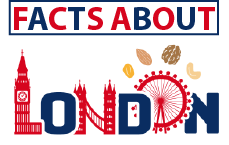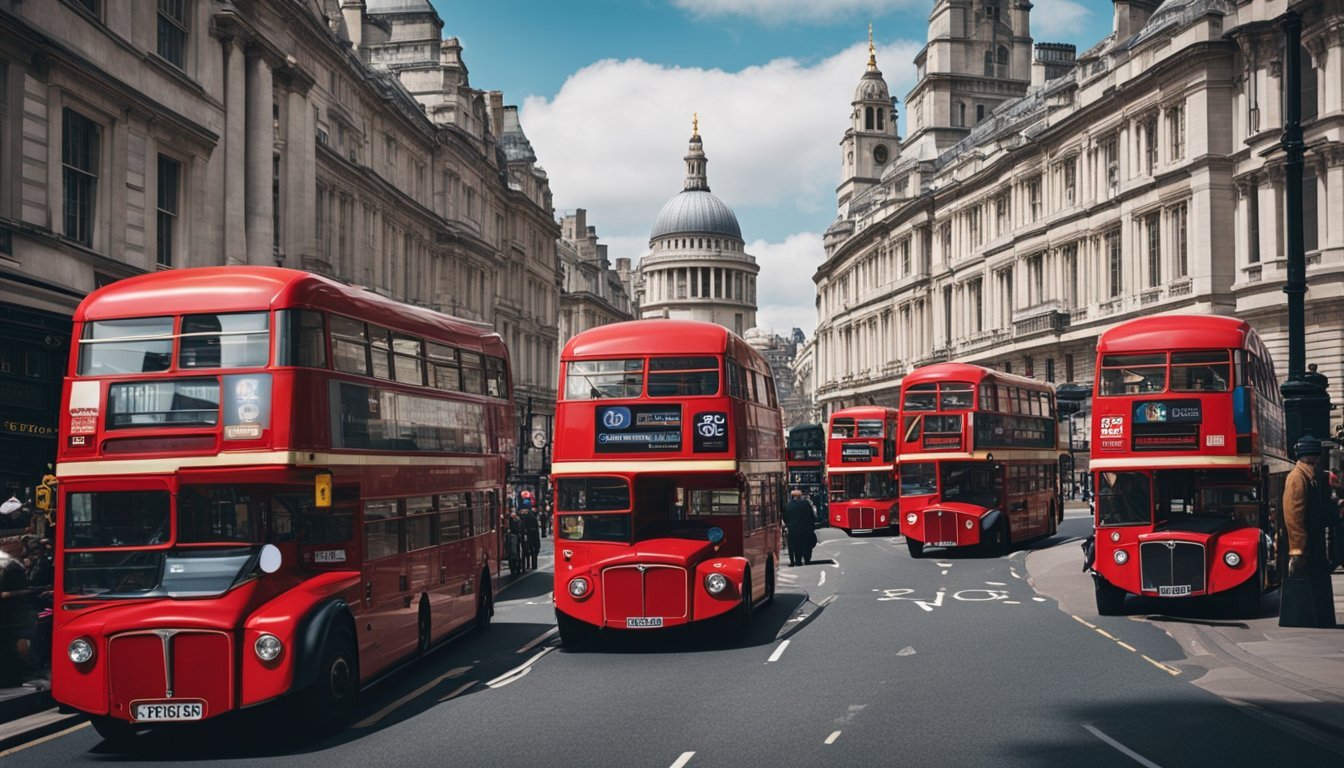Introduction:
London and England often find themselves at the center of discussions, whether about travel, culture, or politics. While both are integral parts of the United Kingdom, they are distinct entities with their own characteristics and significance. In this blog post, we’ll explore the differences between London and England, shedding light on their unique identities and the roles they play in the broader UK landscape.
London: A Global Metropolis:
London, the capital city of both England and the entire United Kingdom, stands as a global metropolis renowned for its rich history, cultural diversity, and economic influence. Home to iconic landmarks like the Tower of London, Buckingham Palace, and the British Museum, London is a melting pot of cultures and a hub for arts, finance, and international diplomacy.
The City of London, often referred to as the Square Mile, represents the historic and financial heart of the metropolis. It is a major global financial center, hosting the headquarters of numerous banks, financial institutions, and multinational corporations.
England: A Nation with Varied Landscapes:
England, on the other hand, is one of the four constituent countries that make up the United Kingdom, alongside Scotland, Wales, and Northern Ireland. It is a nation with a diverse landscape, encompassing vibrant cities, picturesque countryside, and historic landmarks.
From the scenic Lake District to the bustling streets of Manchester and Liverpool, England offers a wide range of experiences for residents and visitors alike. It has its own system of governance, with its parliament in Westminster overseeing domestic policies, education, healthcare, and other key aspects of public life.
Key Differences:
Geographical Scope:
London is a city, the capital of both England and the UK.
England is a country and one of the four constituent nations of the United Kingdom.
Administrative Units:
London is divided into boroughs, each with its local council responsible for various services.
England is divided into regions and counties, each with its own local government structure.
Cultural and Historical Significance:
London boasts a rich history, with landmarks dating back centuries and a vibrant cultural scene.
England’s history is woven into its countryside, cities, and traditions, with landmarks like Stonehenge and the Tower of London representing different epochs.
Political Representation:
London has its mayor and assembly responsible for local governance.
England has its parliament and is represented in the UK Parliament in Westminster.
Conclusion: A Tapestry of Diversity within the UK:
In essence, London and England are intertwined yet distinct components of the United Kingdom. London serves as the pulsating heart of the nation, a global city with unmatched cultural and economic influence. Meanwhile, England contributes its own unique blend of landscapes, traditions, and historical landmarks to the diverse tapestry of the UK.
Understanding the differences between London and England not only enhances one’s appreciation for the intricacies of the United Kingdom but also invites exploration and discovery. Whether you’re strolling along the Thames in London or hiking the trails of the Lake District in England, each offers its own set of experiences, contributing to the rich mosaic of the British Isles.

Author: Jon Tabner
Hi! I’m Jon Tabner, I am a Graphic Designer, Blogger and Marketing Executive in profession. Exploring new things, innovation and designing is my passion. Now working as head of Graphic Designing & Marketing Executive team at Print In London and currently I am based in London. I love using my design knowledge to inspire small businesses to think outside the box when designing their print.

